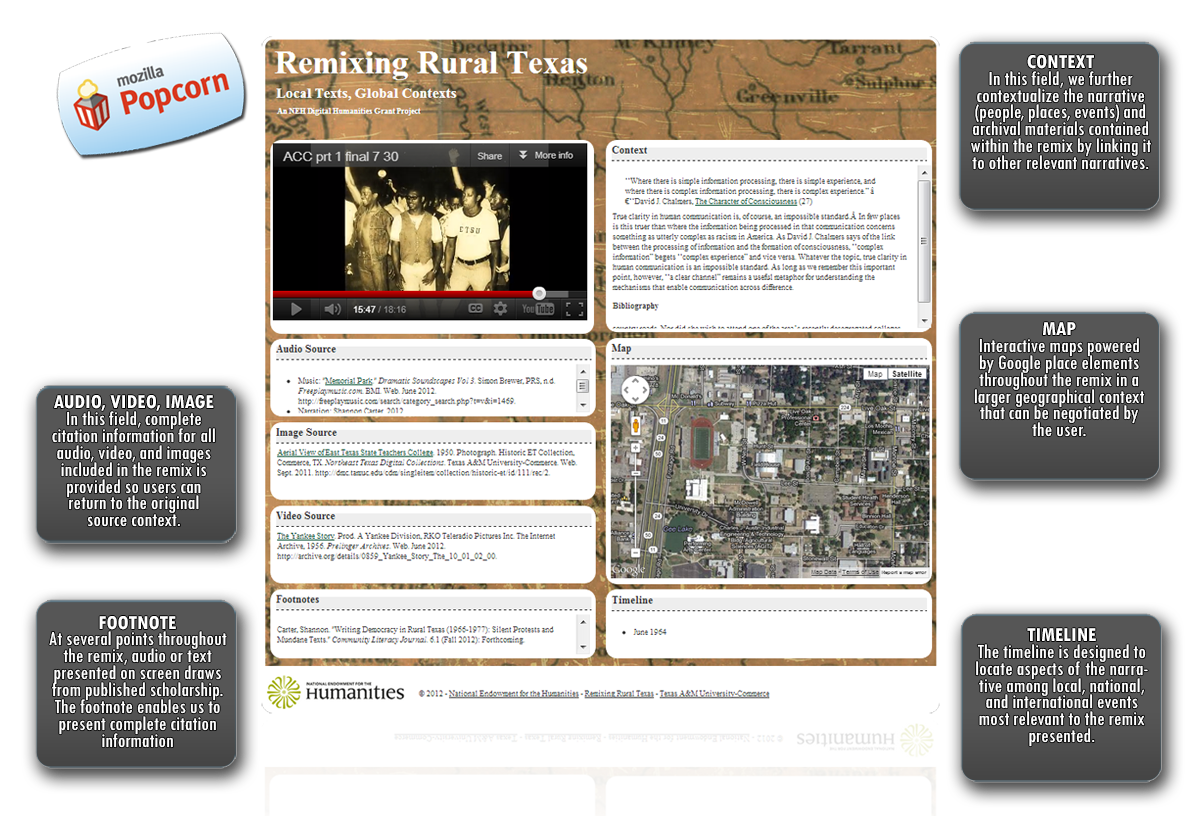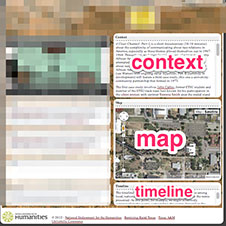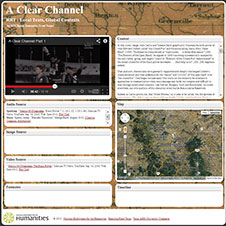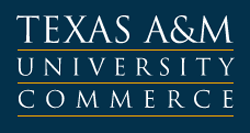The first component presents the remix itself, offering narrative sequences that highlight particular aspects of the texts and writers that are our focus. The second component is our interactive prototype, a data source annotation tool that foregrounds relevant geographical and temporal elements as well as the original context of relevant source materials.
This interactive prototype emphasizes the temporal and geographical elements limiting and shaping any literacy scene (Royster; Gold) in an attempt to solve a problem common to writing researchers; local writers and their texts are largely situated by other relevant local texts generated and circulated at a particular time and place, but rarely are literate interactions entirely local in origin or effect (Brandt and Clinton). RRT builds upon digital media's capacity to link by offering information layers beyond the linear narrative of the documentary itself that situate the stories within the much broader rhetorical, historical, scholarly, and geographical contexts.







 Creative Commons-
Creative Commons-